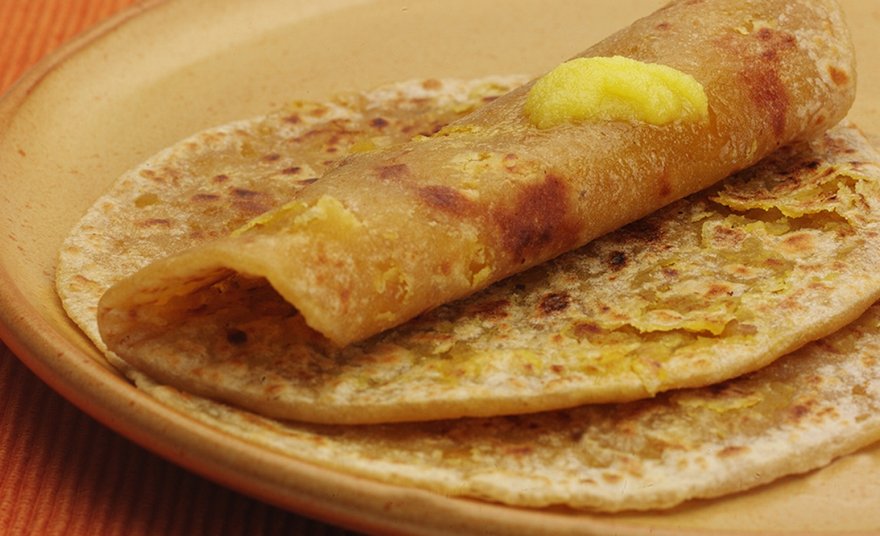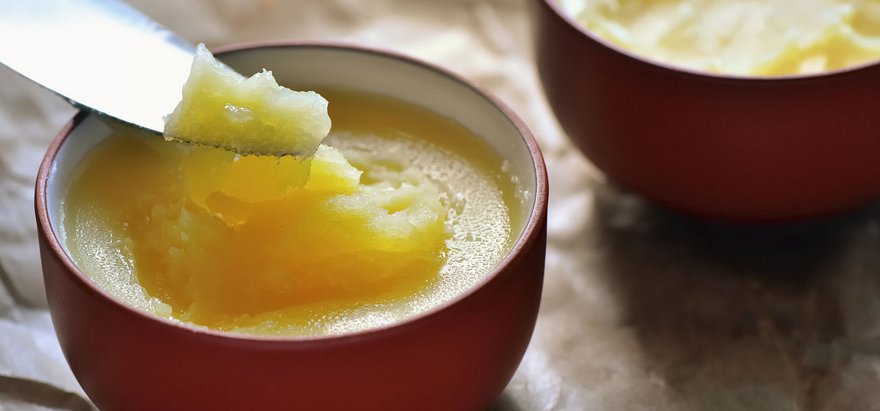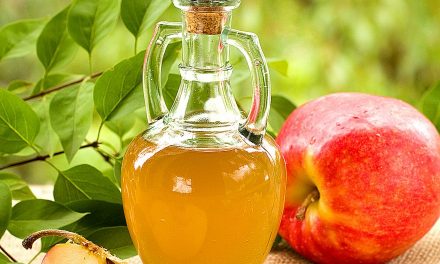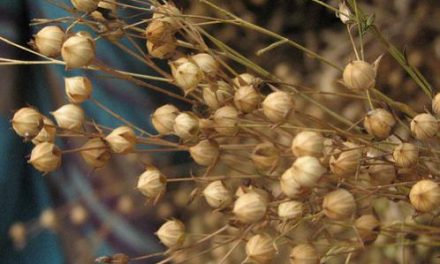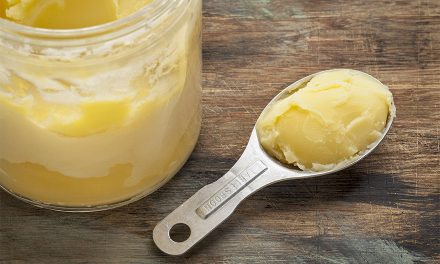Here comes the age old question – is ghee better than butter? Hmmm… now that’s food for thought…not quite! Ghee or clarified butter is one of the most ancient foods, with all the healing benefits of butter but without impurities like milk solids and saturated fats stored in it.
Cooking food with clarified butter has several unique qualities which make it an important culinary element, especially in Indian recipes. Apart from being used in cooking, ghee which is made from cow’s milk is also an important part of Hindu religious ceremonies and therapeutic techniques.
[wp_ad_camp_1]
The archaic Ayurveda text, the Susruta Samhita states that clarified butter has positive effects on the whole body and is the ultimate remedy for various ailments. Even the Charaka Samhita talks about its astonishing curative powers. From treating ailments from indigestion to joint pains, from memory loss to inflammation – the gleaming golden liquid has a multitude of health benefits.
It is usually made by melting butter by application of slow heat. The process is continued till the entire water content disappears completely. The taste and flavor of ghee is relative to the heating time. Once it cools down clarified butter takes up the top layer, while the regular butter sediments melt off and remain below. Ghee is a perfect option over butter for people who are lactose intolerant as the clarifying procedure eliminates milk proteins.
It is very easy to digest. A couple of spoons of ghee a day is ideal for a person. One can fry veggies in it or even use it to garnish curries and gravies. If you enjoy the taste of ghee and want more than a couple of spoons, in that case you have to discard some other fat content from your diet proportionately.
It is important to remember that ghee is a fat and that only a certain quota of fat can be consumed. In fact ghee improves the HDL level which is good for the heart, so one must stick to the prescribed amount.
One must also remember to purchase organic ghee. Like other fats it gets stored in the body. In fact one should not choose any dairy products with additives, derivatives and impurities, which can risk the body and the heart.
According to Ayurveda, ghee is said to treat all doshas, with best compatibility for those with air based Vata dosha. Ailments like colds, dryness and stiffness can be easily overcome with food cooked in ghee. Thus ghee provides respite through its heaviness and goes on to provide a kind of lubrication throughout the connective tissues in body by the absorption of the fat. It is good for flexibility.
In fact the healthy fat is good for all the doshas and protects the liver, kidneys and immune system as it harbors phenolic antioxidants. Due to its cooling nature, ghee pacifies the fire-based ailments of individuals with the Pitta dosha. Foods with ghee help to overcome acidity and inflammation.
It is also said to lessen the chances of tumors. Even fear and tension are said to be mitigated by eating food like ghee kichdi or ghee sweets. Dementia, depression and other psychological maladies also require a diet with ghee based cooking.
For those with a lean frame and low body mass attributed to Kapha dosha, ghee helps in bettering weight. But one must take care to consume it in moderation.
For all three doshas, clarified butter boosts memory, intellect and enhances digestion. It fosters the vital fire in the inner system and acts as a medium for all fat-soluble vitamins. According to scientific research ghee improves the accessibility of enzymes that promote detoxification of cancer-causing substances and cuts the availability of those which activate carcinogens. Ghee is also said to improve the quality and quantity of semen, so men are advised to eat dals or such legumes, paneer or cottage cheese and tofu cooked in ghee.
Sattvic (spiritual) food of early Hindu practices has ghee as a primary ingredient. This preparation of rice, puris, beans etc. follows the principle of endorsing and supporting holistic health. The Ayurveda detox program called Panchakarma also recommends the use of ghee in meals alsong with ghee massages. As the human body excretes water soluble chemicals ghee dissolves the lipid soluble toxins and ejects them from the digestive tract.
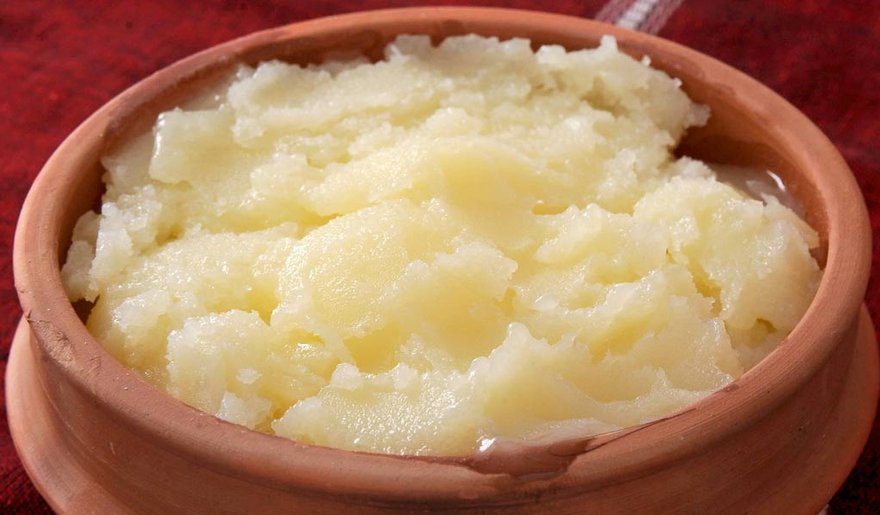
Ghee has a high melting point than butter and doesn’t reduce quickly while frying. It slowly seeps into the dish. Most chefs prefer using ghee to butter due to its flavor. It also lacks hydrogenated oils and is free from trans-fats and other additives, making it a great choice for health conscious folks.
However, use should be controlled due to the presence of saturated fats. While cooking one should keep in mind that one table spoon of ghee equals four tablespoons of butter or oil.
Aged ghee is even better than regular off the shelf ghee. Ghee like wines can be aged to a hundred years. This kind of ghee has many curative properties, and is used to treat epilepsy, abdominal and vaginal pain, fevers and even alcoholism and related liver ailments. There is also a form of ghee that is known as Ghrita.
This is medicated ghee which is a combination of the usual clarified butter with several herbs with healing properties. It has topical uses as well. It is used in spas and clinics for massaging as it is a skin softener and contains a number of vitamins that keeps the dermal tissue healthy.
Its anti-oxidants also slow down the aging process. This is why it’s a rage in Hollywood, with manyl noted actresses applying ghee as a natural cream. If ghee is mixed with honey, it can even be applied to lesions, gashes and sores to aid rapid healing. In fact ghee is also used to treat burns due to its cooling nature and medicinal value.
It is also used as a remedy for curing constipation, cysts and ulcers. Cooking with ghee has amazing health benefits and one must learn how to integrate it into one’s diet.

